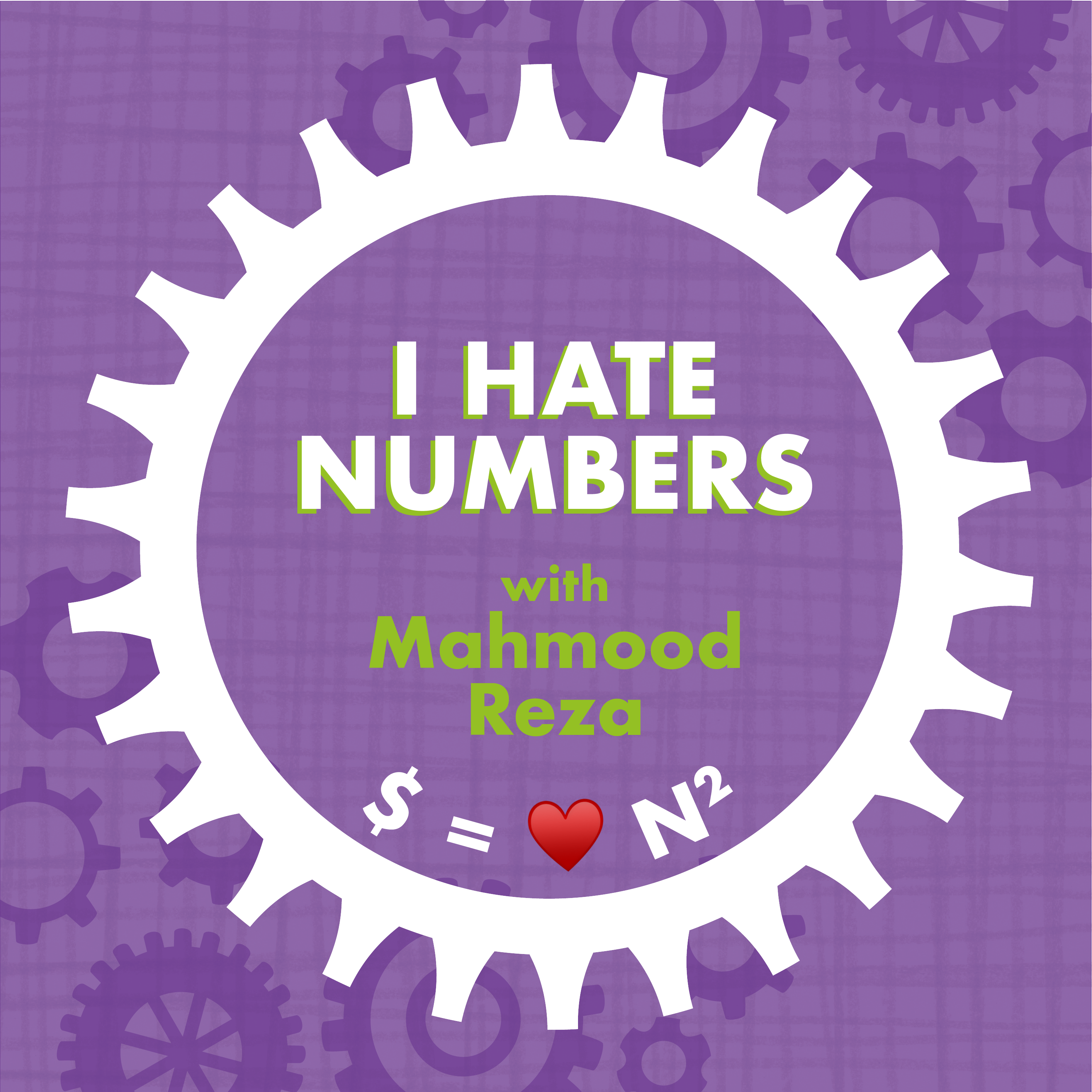In this week's episode, we delve into the Business Model Canvas, a powerful tool for visualizing and describing your business or organization.
Understanding the Significance
We often hear business owners and organizations talk about business models without fully understanding what a business model entails. Consequently, comprehending your business model is crucial. Additionally, according to American entrepreneur and educator Steve Blank, a business model describes how your company creates, delivers, and captures value.
Moreover, having a well-articulated business model brings various benefits. It helps in effective communication, aids in financial planning, and ensures sustainability. We at I Hate Numbers are here to guide you through this valuable process.
The Business Model Canvas
Moreover, the Business Model Canvas comprises nine building blocks that together provide a comprehensive view of your business. It starts with the Value Proposition; namely, identifying your core value and what sets you apart from competitors.
Similarly, we'll look at Key Partners, the crucial stakeholders and resources necessary for your business's success.
Building the Foundation
The Key Activities involved in delivering your value proposition are essential. Whether you're a small bakery crafting personalized cakes or an art gallery curating exhibitions, these activities are the core of your operations.
The Resources that Matter
Firstly, Key Resources, both physical and non-physical, underpin your business. For a bakery, it's the talent of your bakers and the quality of ingredients. In the art gallery world, curators, exhibition space, and the art itself are paramount.
Nurturing Customer Relationships
Effective Customer Relationships can be diverse. Specifically, for a bakery, it's about offering a friendly and welcoming experience. In the art gallery, it could mean guided tours and interactions with artists.
Establishing Channels and Segments
Diverse Channels are essential. A bakery might use a physical shop, website, and social media, while an art gallery leverages physical exhibitions, digital art sales, and partnerships.
Also, Segments help you understand your audience. Consider demographics, interests, and pain points. A bakery caters to event planners, residents, and businesses. An art gallery might target collectors, tourists, and schools.
Balancing Costs and Revenue
Understanding your Cost Structure is vital. For a bakery, this includes labour, raw materials, and marketing costs. An art gallery's costs encompass rent, marketing, and salaries.
The Key - Revenue Streams
Finally, your Revenue Streams define your financial goals. A bakery's streams may include counter sales, customized cakes, and takeaways. An art gallery earns from ticket sales, artwork sales, memberships, fundraising, grants, and donations.
Similarly, the Business Model Canvas is a dynamic tool that helps you craft a comprehensive view of your business, guiding your financial modelling, business planning, and communication strategy. Feel free to download our Business Model Canvas template to get started.
Wrapping Up
We hope you found this episode valuable and insightful. Lest, we encourage you to share it with others who can benefit from understanding the power of the Business Model Canvas. We look forward to your feedback, and until next week, Happy business modelling.
This podcast uses the following third-party services for analysis:
Chartable - https://chartable.com/privacy

